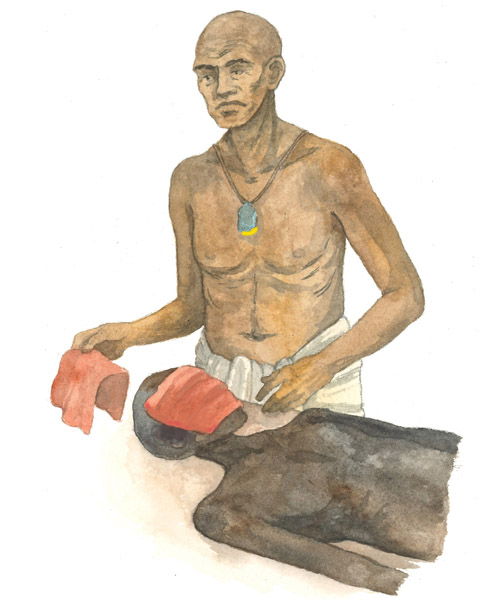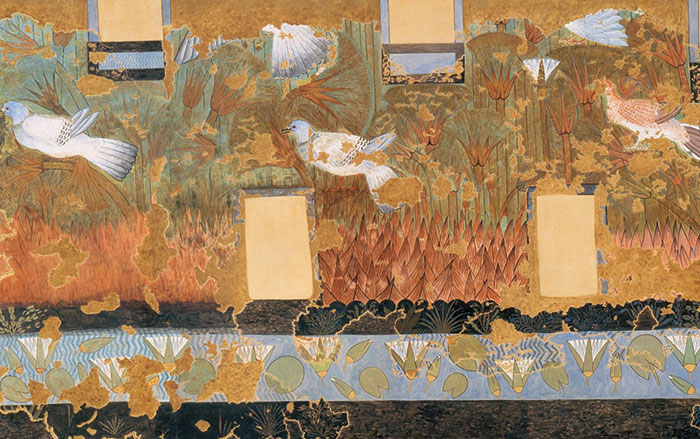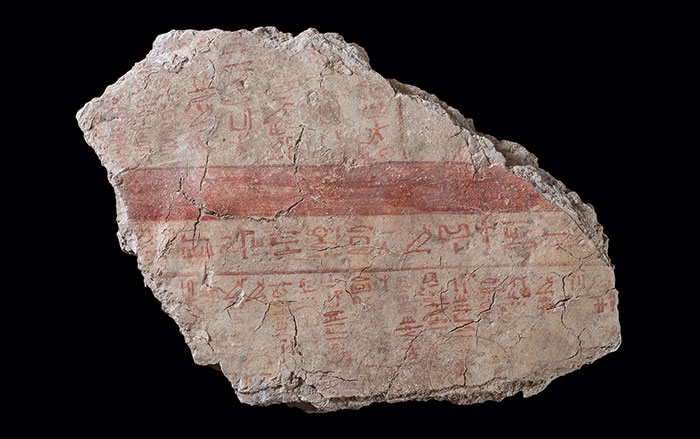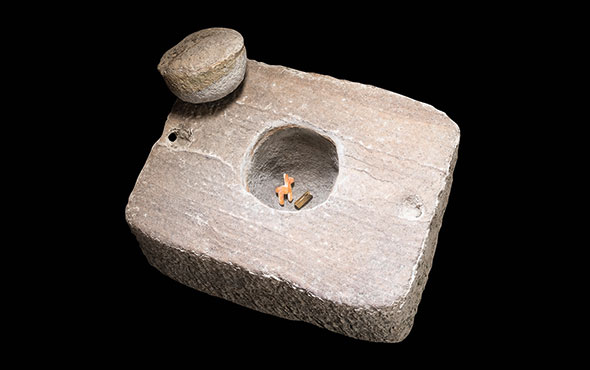
COPENHAGEN, DENMARK—According to a statement released by the University of Copenhagen, Sofie Schiødt and her colleagues have found evidence of an ancient Egyptian embalming process in the Papyrus Louvre-Carlsberg, a 3,500-year-old medical text dated to 1450 B.C. Most of the volume describes herbal medicines and skin illnesses, but it also contains recipes for unguents, the uses of different types of bandages, and advanced embalming instructions, including a procedure for preserving the face of the deceased. Schiødt said the text describes how to coat a piece of red linen with a liquid made from aromatic, antibacterial plants and binders and apply it to the face. The text also instructs embalmers to work on the mummy every fourth day, marking the interval with a ritual procession, for 17 intervals. The body was covered with cloth and straw infused with aromatics on other days during the embalming period. Several mummies from this period have been found with cloths and resins over their faces, she added. To read about the origins of the mummification process, go to "Mummification Before the Pharaohs," one of ARCHAEOLOGY's Top 10 Discoveries of 2014.










